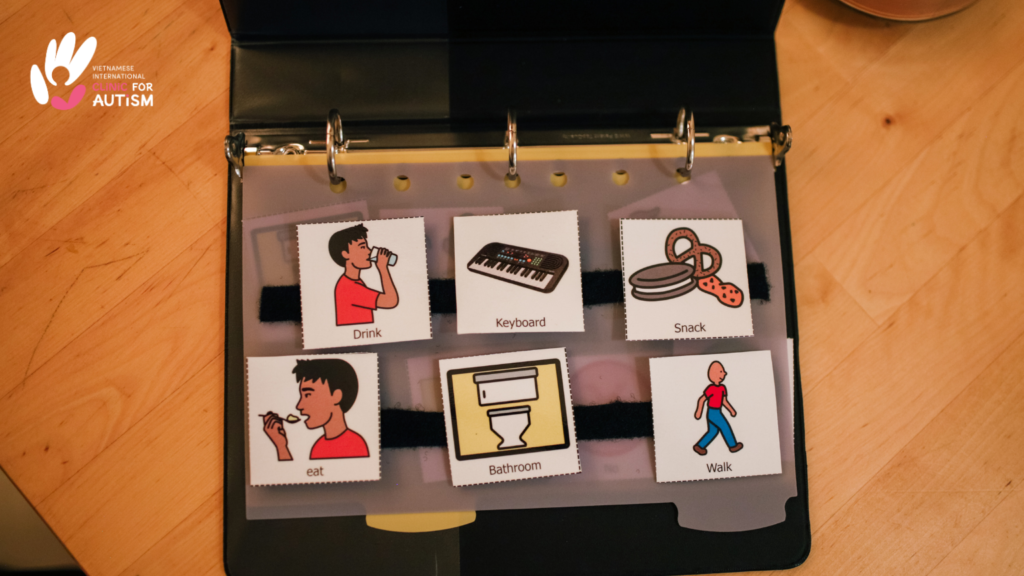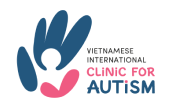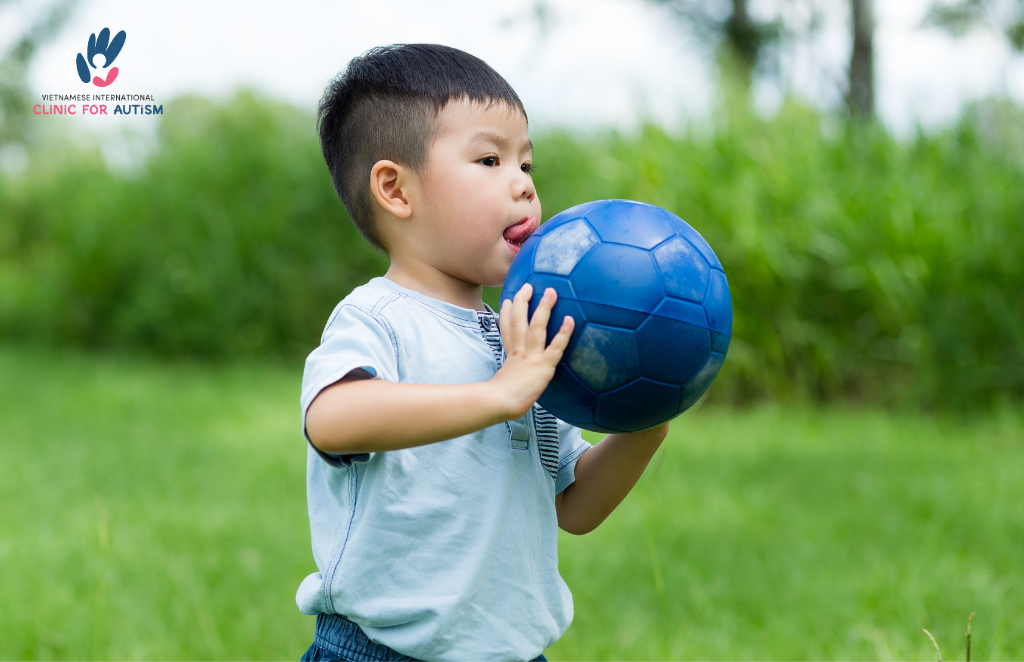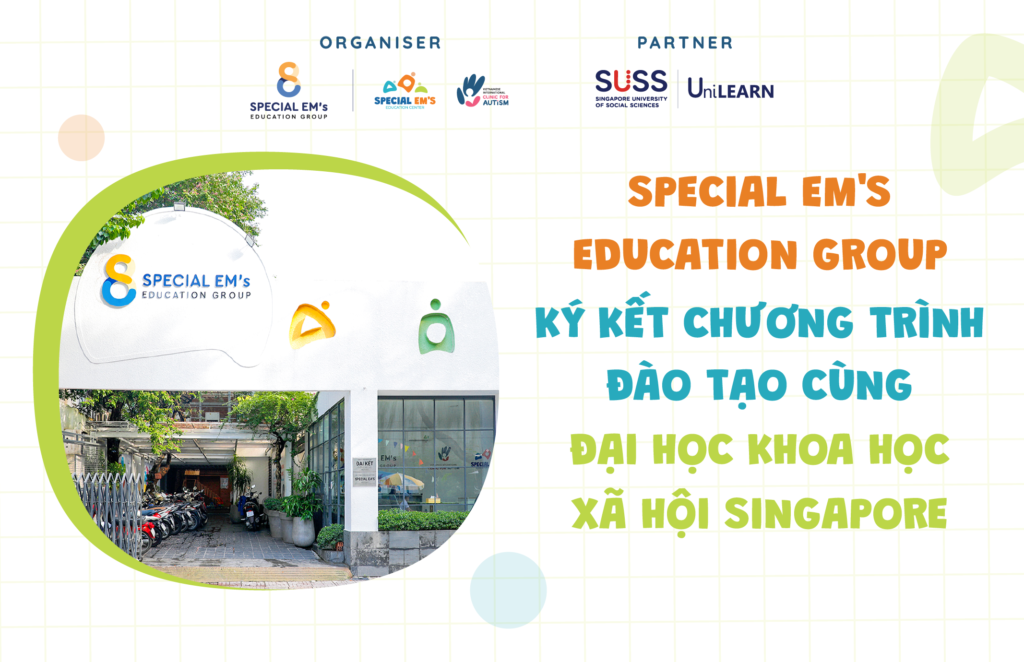In recent years, myths about special children or autism spectrum have been greatly erased by raising awareness for the community, agencies and research. However, there are still “harmful” myths about special children that are spread in the community, thereby creating unnecessary conflicts or hindering the development path of special children. In some cases, children may be misunderstood and bullied.
Through the research process, VICA would like to list down 9 common myths about special children. Hopefully this article will help readers have a more accurate perspective on autistic children. The article is also based on research by the Autism Resource Center (ARC) in Australia.

MYTHS |
FACTS |
|---|---|
| Individuals on the autism spectrum avoid social contact. | Individuals on the autism spectrum are often keen to make friends but may find this difficult. |
| Individuals on the autism spectrum cannot lead independent and successful lives | Given appropriate education, many will grow up to be successful contributors to society. |
| Autism is the result of bad parenting. | There is clear evidence from research that autism is not caused by bad parenting but from a difference in the way the brain develops before the child is born. |
| All individuals on the autism spectrum have special talent or ‘savant’ skills. | It is estimated that 10% of individuals on the autism spectrum may have special abilities in areas like music, art, mathematical calculations, memory and manual dexterity. The majority however, may have areas of high performance that relate to their special interests or obsessions. These skills are often referred to as ‘splinter skills’, as they are often not consistent with skills in other areas of development. |
| Autism can be cured. | There is currently no documented cure for autism. Individuals on the spectrum respond very well to structured early intervention, education and vocational placements that focus on the unique learning style of students with autism. |
| People with autism do not make eye contact. | When individuals on the autism spectrum feel relaxed and confident with the communication partner, eye contact can be quite spontaneous. It is NEVER a good idea to force a person on the spectrum to have eye contact with you. |
| People with autism cannot talk. | Communication is more than talking. Some students on the autism spectrum will develop speech seemingly effortlessly, but will require help to communicate appropriately with their peers. Others will require assistance to communicate their basic needs and wants, using a combination of words, gestures, and augmentative communication systems such as PECS. |
| Autism can be outgrown. | Children do not ‘outgrow’ autism but symptoms may lessen or change as the child develops and receives appropriate interventions. |
| Individuals on the autism spectrum do not have feelings and thus are unable to show affection. | Individuals on the autism spectrum can and do give affection. However, due to differences in sensory processing and social understanding, the display of affection may appear different from typical people. Understanding and acceptance of these differences is the key. |

Đọc thêm về:







